Surprising Foods with Alarming Sodium Levels You're Eating Every Day
In the quest for healthier living, individuals often focus on reducing sugar, fats, and calories. However, sodium—a crucial yet often overlooked component—can quietly sabotage these efforts. Sodium is essential for bodily functions, but excessive consumption can lead to severe health issues, including hypertension and cardiovascular diseases. Surprisingly, many foods that seem innocuous or even healthy can harbor alarming amounts of sodium. That's why we've expanded our list of foods that are stealthily contributing to your daily sodium intake, often without your knowledge. Understanding these hidden sources is the first step toward making informed dietary choices and improving overall health.
1. Bread and Rolls: The Unexpected Sodium Staple

Bread is a staple in many diets, often consumed multiple times a day. However, what many don't realize is that bread can be a significant source of sodium. A single slice of bread can contain up to 230 milligrams of sodium, and considering the typical consumption of bread in sandwiches and toasts, the sodium intake can quickly add up. The sodium in bread is primarily used to enhance flavor and act as a preservative. Choosing whole-grain or low-sodium options can help reduce this intake, but it's crucial to read labels carefully, as sodium content can vary significantly between brands.
2. Canned Soups: The Salty Comfort Food
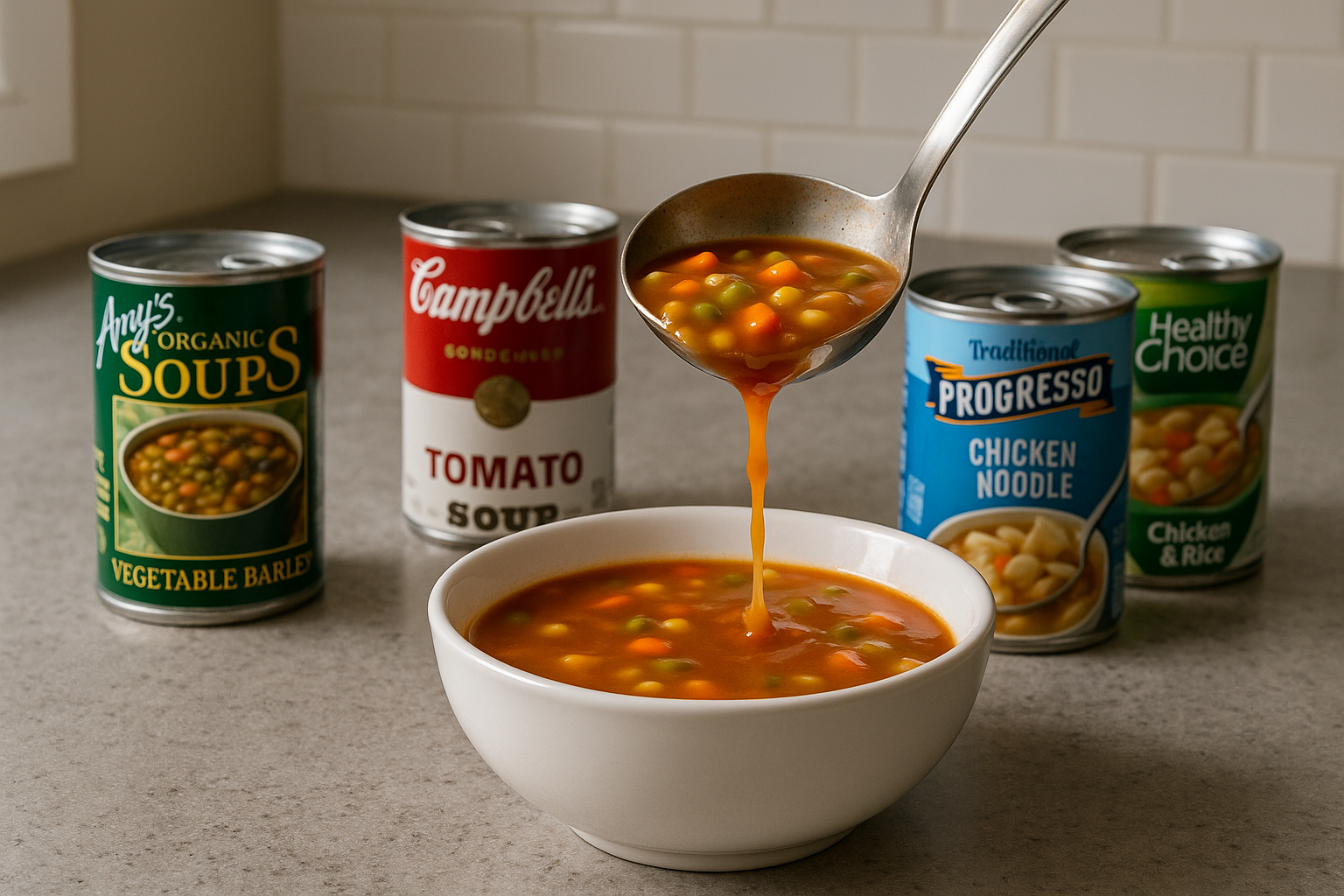
Canned soups are a convenient meal choice, especially for those with busy lifestyles. However, this convenience often comes with a hefty sodium price. A single serving of canned soup can contain over 800 milligrams of sodium, which is more than a third of the recommended daily limit for adults. The high sodium content is used to preserve the soup and enhance its flavor. Opting for low-sodium versions or making soup from scratch with fresh ingredients can significantly reduce sodium intake. Additionally, rinsing canned vegetables before adding them to homemade soups can further decrease sodium levels.
3. Cold Cuts and Cured Meats: The Salty Deli Delight

Cold cuts and cured meats, such as ham, salami, and bacon, are popular sandwich fillers and breakfast staples. However, these meats are often loaded with sodium, used as a preservative and flavor enhancer. A single slice of deli meat can contain between 300 to 400 milligrams of sodium. Consuming these meats in moderation and opting for low-sodium varieties can help manage sodium intake. It's also beneficial to pair these meats with fresh vegetables or whole-grain bread to create a more balanced meal, mitigating the overall sodium content.
4. Cheese: The Savory Sodium Surprise
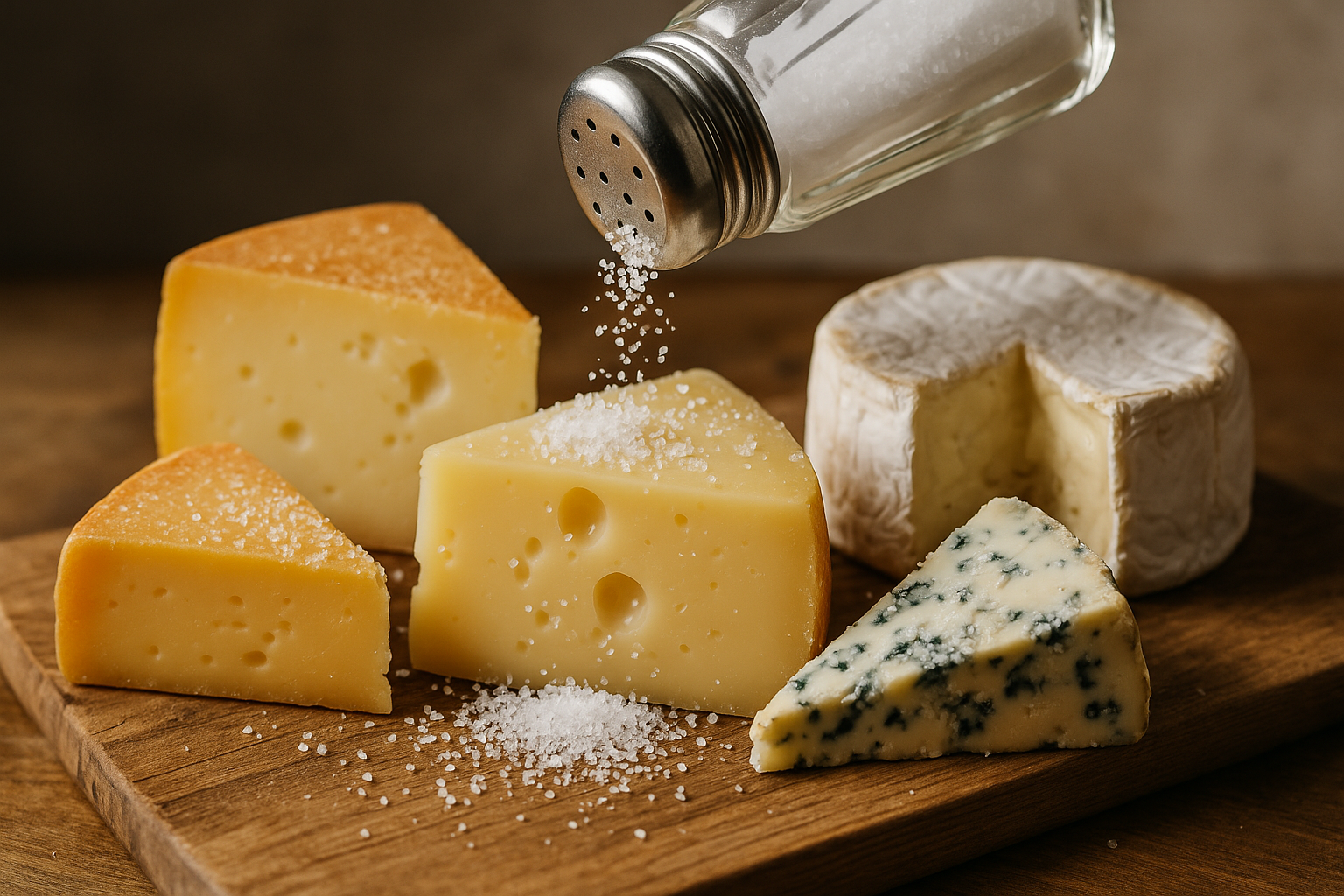
Cheese is beloved for its rich flavors and versatility, but it is also a significant source of hidden sodium. The sodium in cheese is necessary for flavor, texture, and preservation. Some cheeses, like feta or blue cheese, can contain up to 400 milligrams of sodium per ounce. Even seemingly mild cheeses like mozzarella or cheddar can contribute significantly to daily sodium intake. Choosing low-sodium cheese options or using smaller portions can help reduce sodium consumption. Additionally, incorporating more fresh, sodium-free ingredients into meals can help balance the sodium levels contributed by cheese.
5. Breakfast Cereals: The Morning Sodium Shock
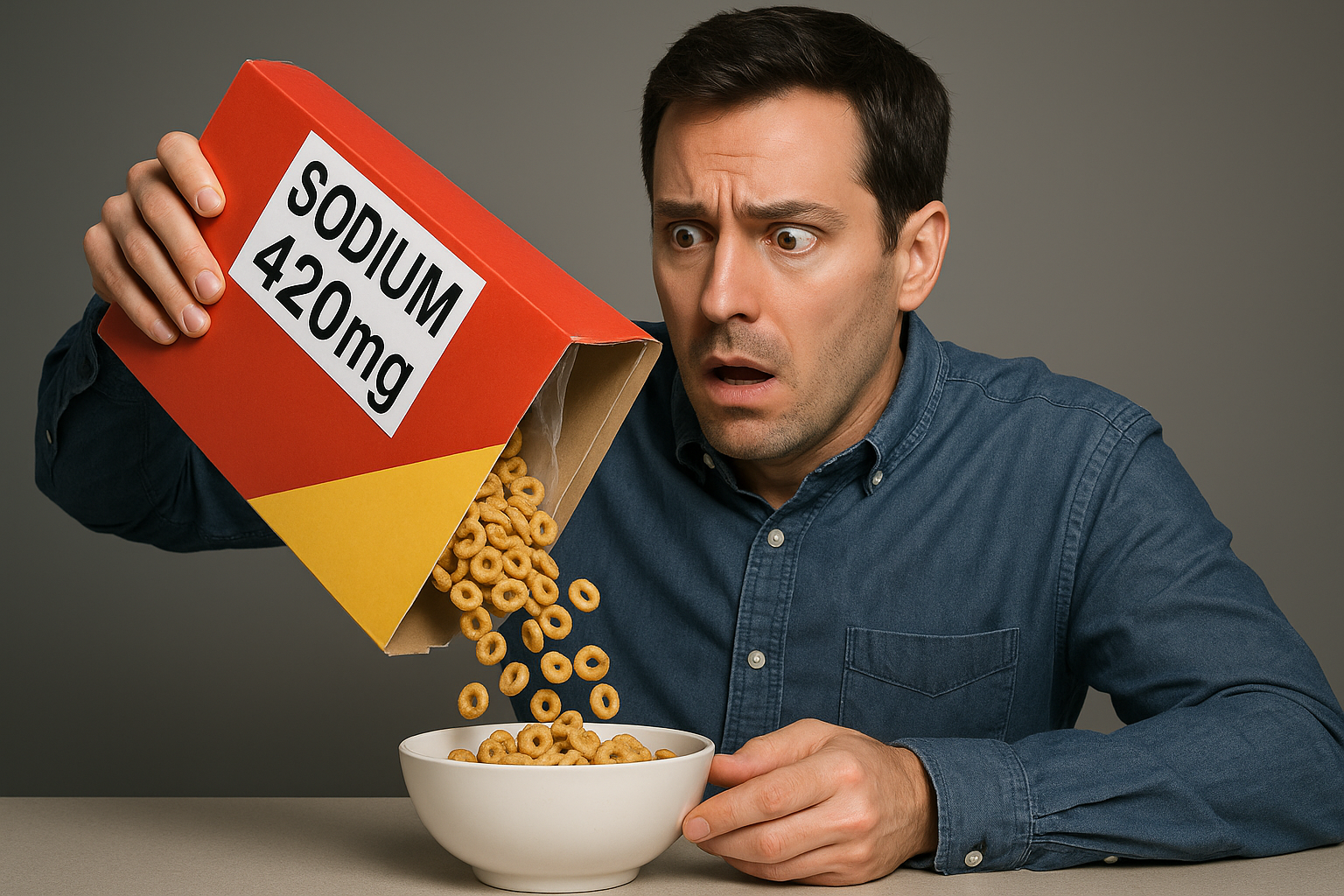
Many breakfast cereals, despite their healthy marketing, can contain surprising amounts of sodium. Even cereals that are not savory can have sodium levels reaching up to 300 milligrams per serving. The sodium is often added to enhance flavor and extend shelf life. To avoid excess sodium, it's essential to examine nutritional labels and choose cereals with lower sodium content. Pairing cereal with fresh fruit or unsweetened yogurt can create a more balanced breakfast. Alternatively, opting for oatmeal or homemade granola can provide a nutritious, low-sodium start to the day.
6. Instant Noodles: The Quick Sodium Fix
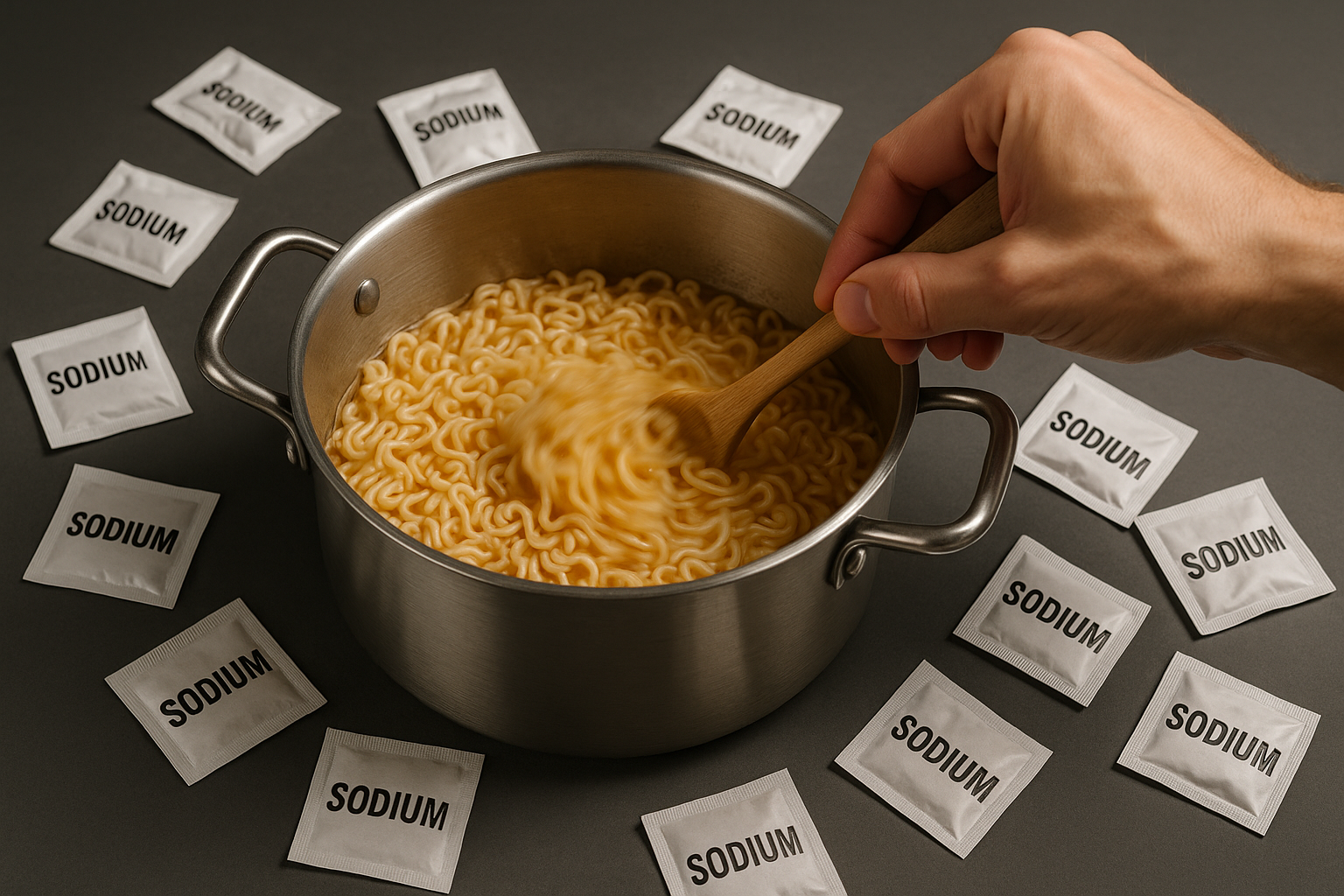
Instant noodles are a popular quick meal option, especially among students and busy professionals. However, they are notorious for their high sodium content. A single package of instant noodles can contain over 1,500 milligrams of sodium, often exceeding the recommended daily intake. The seasoning packets are the primary sodium culprits. To reduce sodium intake, consider using only a portion of the seasoning packet or creating your own seasoning mix. Adding fresh vegetables and lean proteins can also enhance the nutritional value of the meal while diluting the sodium concentration.
7. Frozen Meals: The Convenient Sodium Culprit
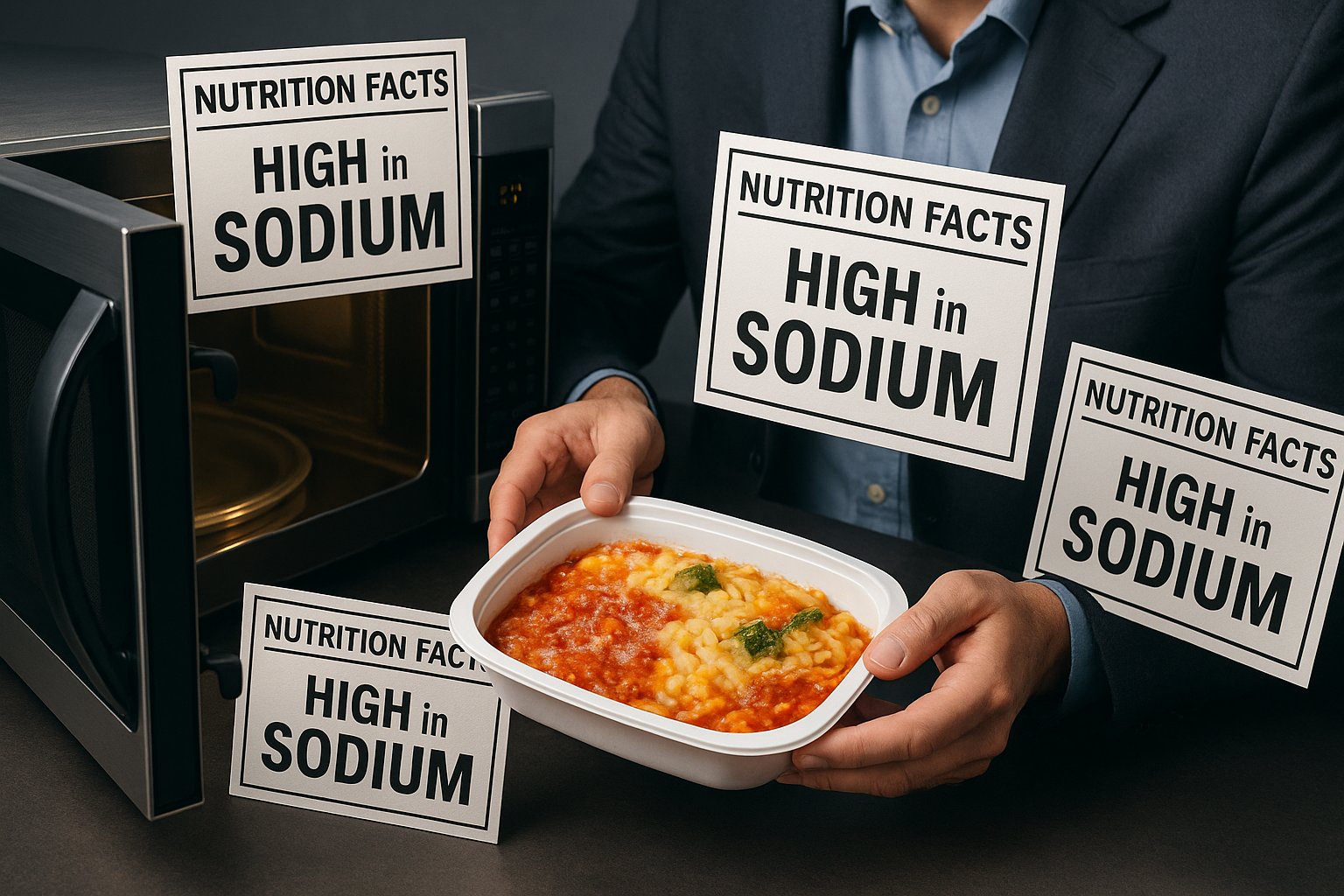
Frozen meals offer convenience for those with tight schedules, but they often come with a high sodium cost. Many frozen entrees contain over 700 milligrams of sodium per serving, used to preserve the meal and enhance its flavor. To manage sodium intake, it's essential to read labels and select meals with lower sodium content. Incorporating fresh or frozen vegetables as side dishes can help balance the meal. Additionally, preparing larger batches of homemade meals and freezing individual portions can provide a healthier and cost-effective alternative to store-bought frozen meals.
8. Salad Dressings: The Sodium-Laden Enhancer
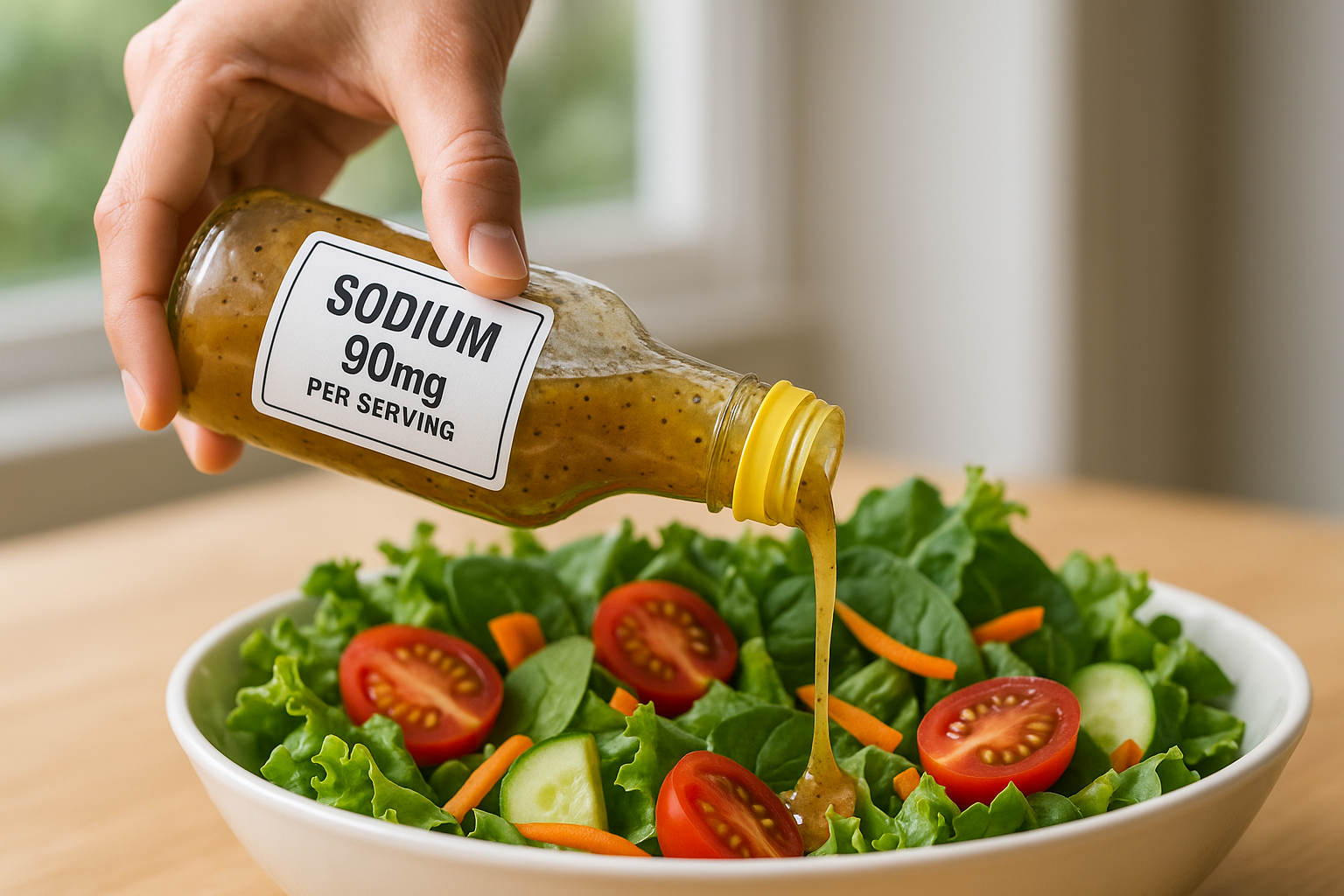
Salad dressings are often perceived as healthy additions to meals, but many bottled dressings are laden with sodium. A two-tablespoon serving can contain up to 300 milligrams of sodium. The sodium is used to enhance flavor and preserve the dressing. Opting for vinaigrettes or making homemade dressings with olive oil, vinegar, and herbs can significantly reduce sodium intake. Exploring different flavor combinations with fresh ingredients can also create delicious, sodium-free dressings that enhance salads without compromising health.
9. Sauces and Condiments: The Flavorful Sodium Boosters
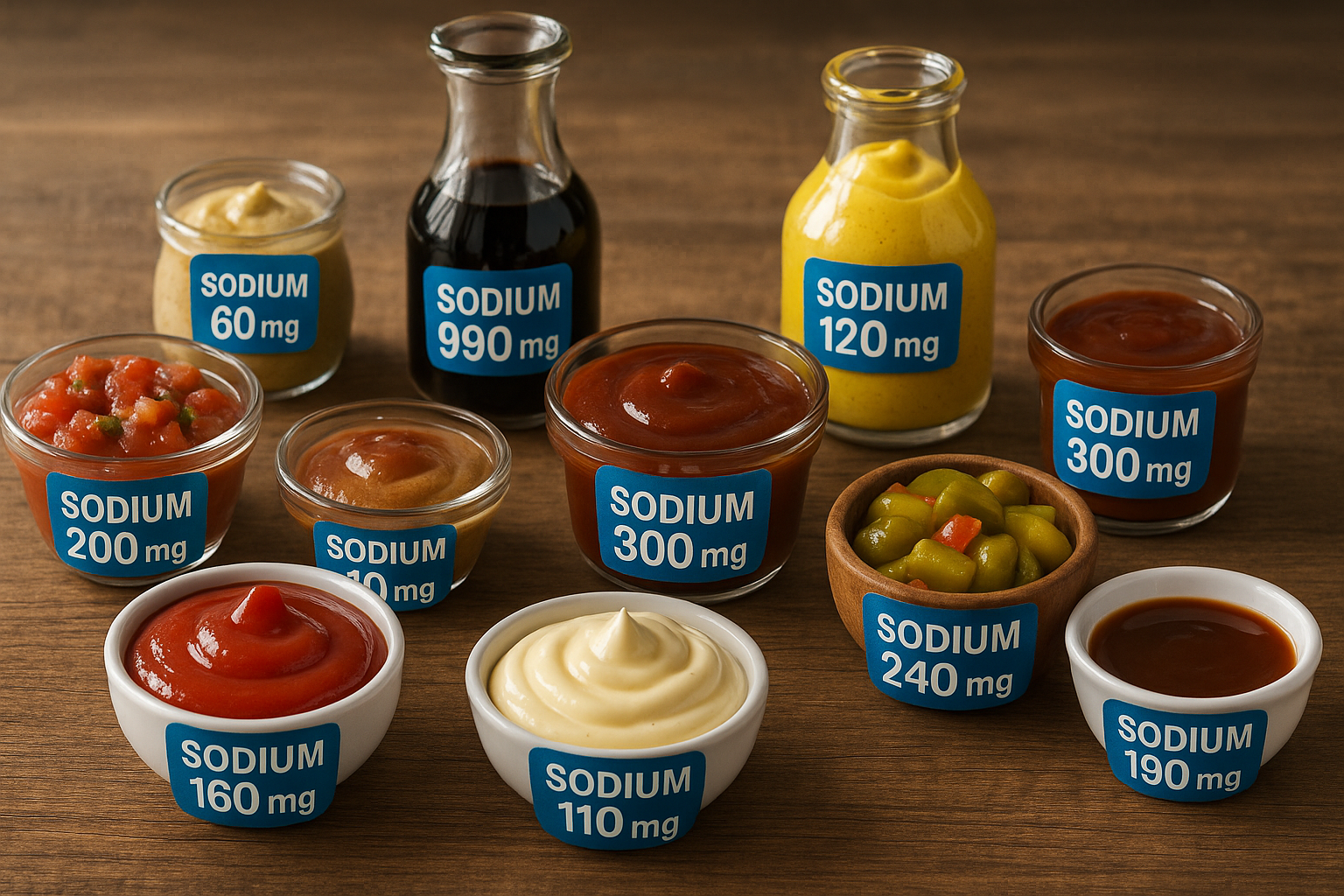
Sauces and condiments, such as soy sauce, ketchup, and barbecue sauce, are often used to add flavor to meals. However, they can be significant sources of sodium, with some sauces containing over 1,000 milligrams per serving. The sodium is primarily used for flavor enhancement and preservation. Choosing low-sodium versions or using these condiments sparingly can help reduce sodium intake. Exploring alternative seasonings, such as herbs and spices, can also enhance the flavor of dishes without the need for high-sodium condiments.
10. Snack Foods: The Surreptitious Sodium Source
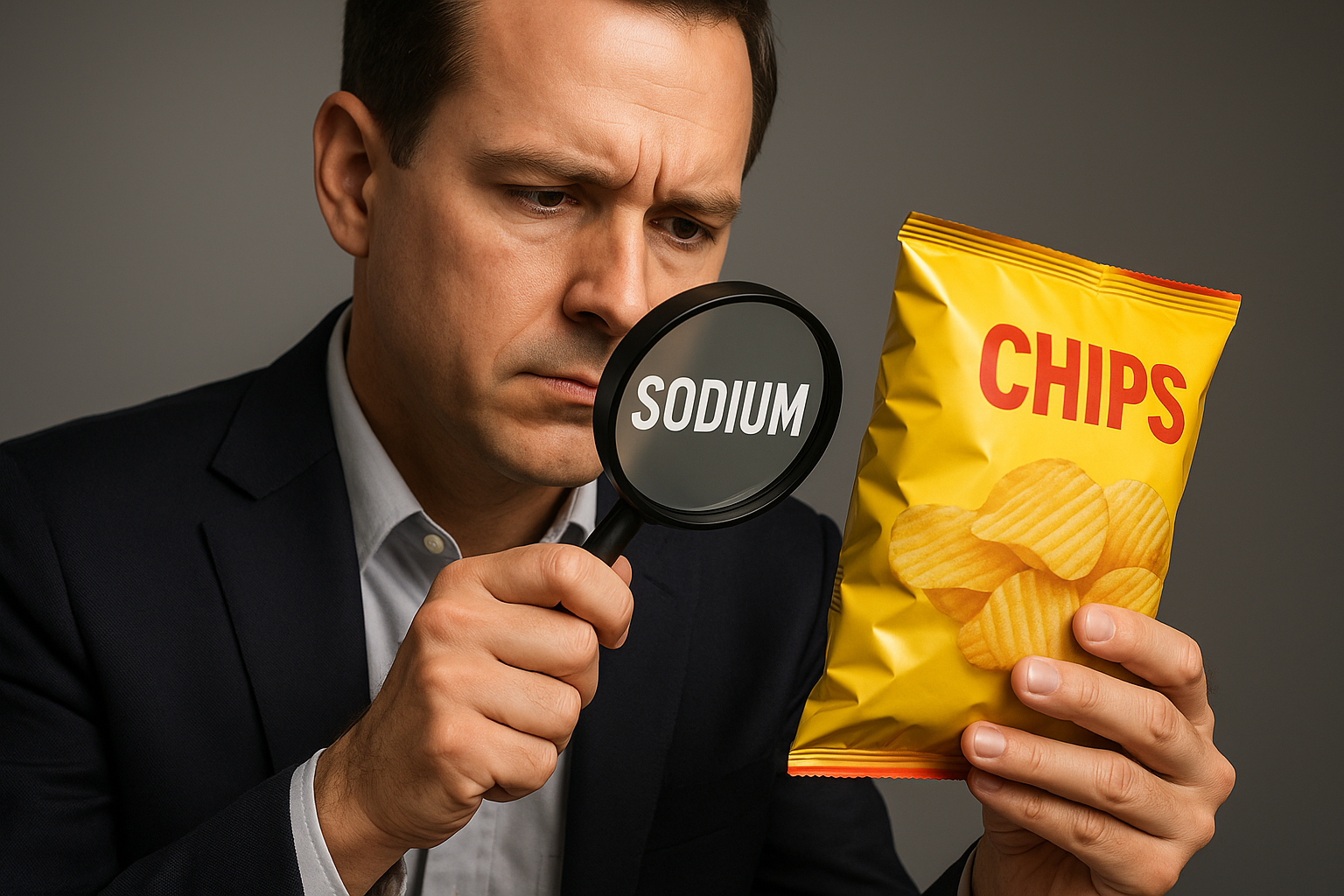
Snack foods like chips, pretzels, and popcorn are popular for their convenience and taste. However, they can be hidden sources of sodium, with some snacks containing over 300 milligrams per serving. The sodium is used to enhance flavor and ensure a long shelf life. To manage sodium intake, it's essential to choose snacks with lower sodium content or opt for unsalted versions. Incorporating fresh fruits, vegetables, or nuts as snacks can provide a healthier alternative that satisfies cravings without the excess sodium.
11. Restaurant and Fast Foods: The Sodium Overload

Dining out can be a delightful experience, but restaurant and fast foods are often packed with sodium. A single restaurant meal can contain over 2,000 milligrams of sodium, exceeding the recommended daily limit. The sodium is used to enhance flavors and preserve ingredients. To reduce sodium intake when dining out, consider sharing dishes, requesting sauces and dressings on the side, and choosing dishes with fresh ingredients. Being mindful of portion sizes and opting for restaurants that offer nutritional information can also help manage sodium consumption.
12. Processed and Packaged Foods: The Hidden Sodium Threat
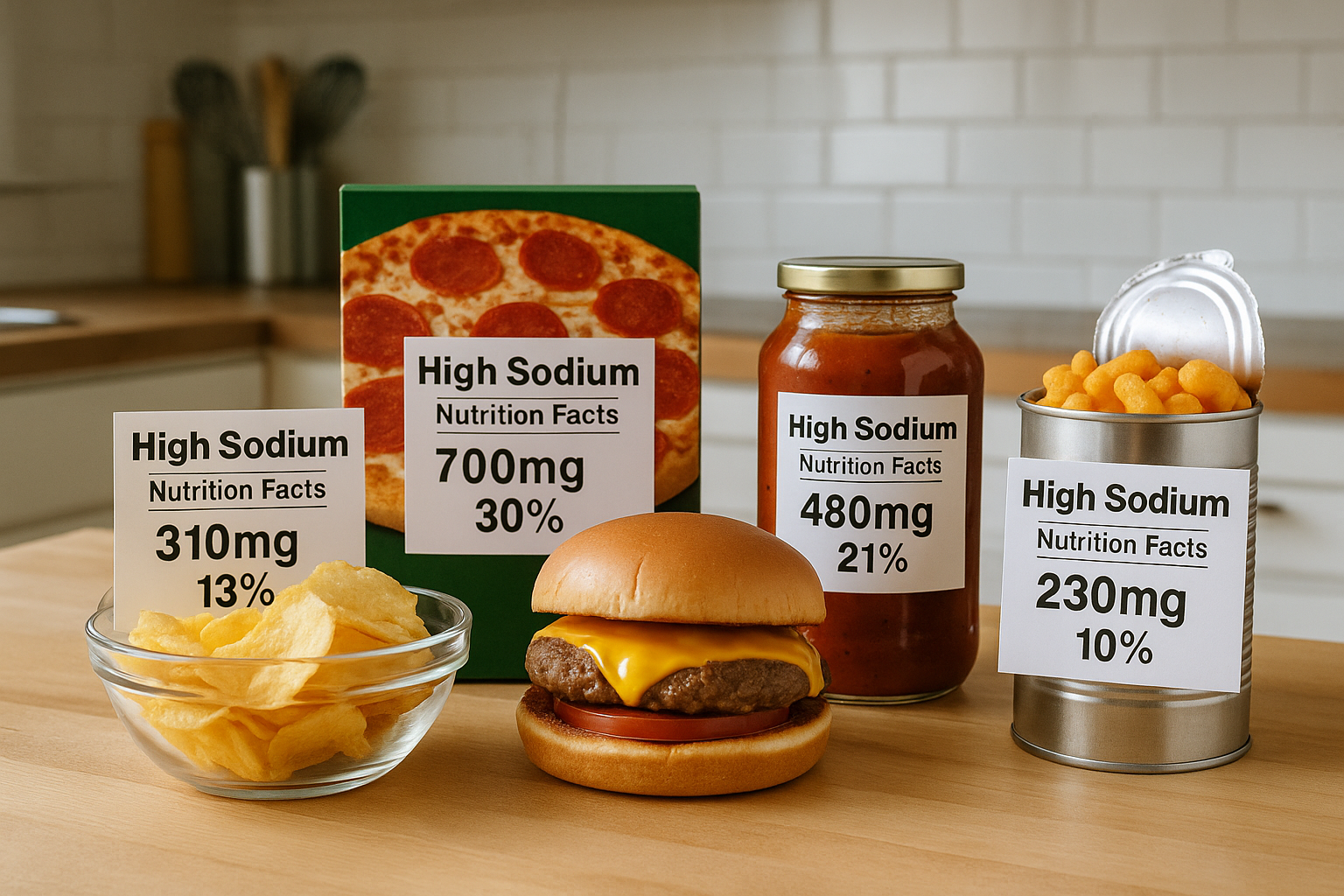
Processed and packaged foods, such as ready-to-eat meals, snacks, and baked goods, often contain high levels of sodium. The sodium is used for preservation and flavor enhancement. Reading labels and choosing products with lower sodium content can help manage intake. Opting for fresh, whole foods and preparing meals at home can significantly reduce sodium consumption. Exploring different cooking methods and flavor combinations can also create delicious meals that do not rely on high sodium levels for taste.
13. Boxed Baking Mixes (Muffins, Pancakes, Cakes)

Boxed baking mixes are often overlooked but are significant sources of hidden sodium. The salt, along with chemical leavening agents like baking soda (sodium bicarbonate) and baking powder (which contains sodium acid pyrophosphate), are added to ensure the mix rises properly and tastes good. A serving of pancake or muffin mix can easily contain 400 to 500 mg of sodium, even before adding any salty toppings. To regain control, opt for making baked goods from scratch using low-sodium recipes and substituting some of the salt for flavor enhancers like vanilla or cinnamon.
14. Canned Beans and Legumes
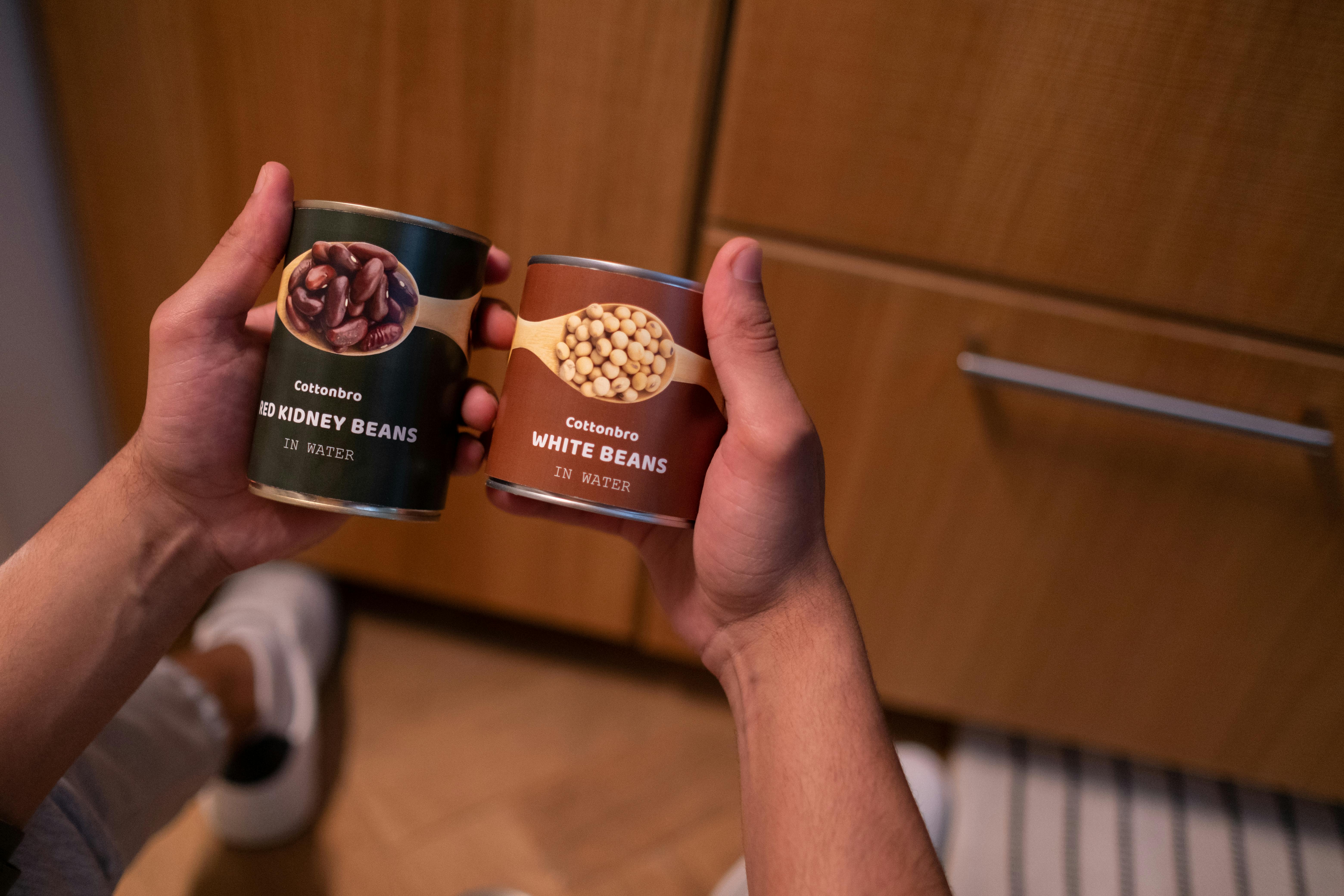
Canned beans (like kidney, black, and cannellini beans) are nutritional heroes for their fiber and protein, but they are typically canned in a brine solution that can deliver 300-500 milligrams of sodium per serving. This is easily overlooked because they are categorized as a healthy whole food. This sodium can be largely mitigated: simply rinsing the beans thoroughly under running water can reduce the sodium content by up to 40%. Always look for "no salt added" versions or, if budget allows, cook dried beans from scratch for a truly sodium-free source of powerful nutrition.
15. Protein Powders (Especially Isolate Blends)
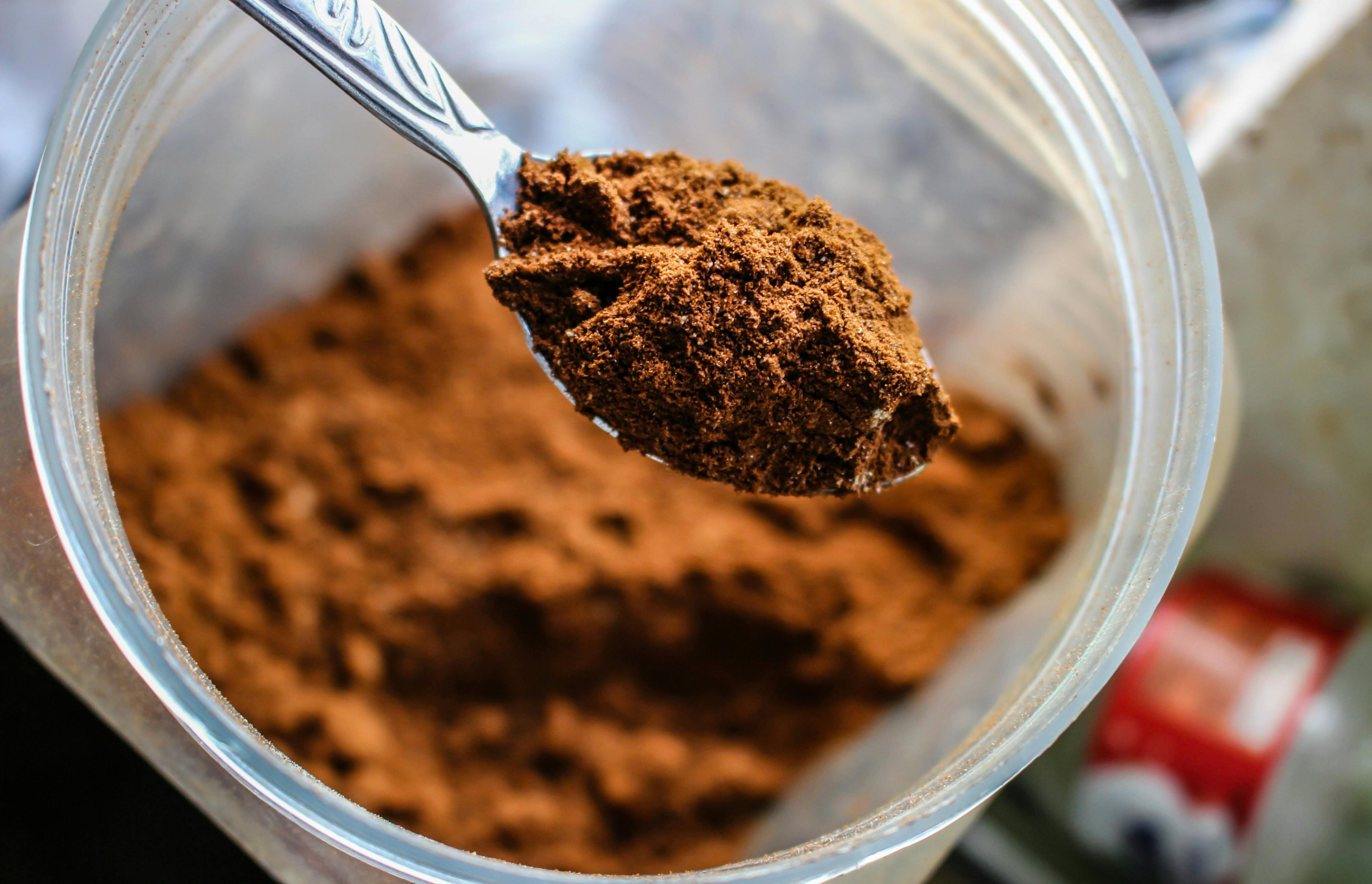
Protein powders, particularly popular in health and fitness communities, can be hidden sources of significant sodium. Salt is added both for flavor (to mask the often bitter taste of whey or plant proteins) and as a stabilizer. Certain protein isolates and flavorings (like "salted caramel") can push the sodium content of a single scoop to over 300 milligrams. This is problematic because athletes may consume two or more shakes daily. Always check the "Nutrition Facts" label closely; choosing unflavored or low-sodium specialized formulas ensures your recovery drink doesn't secretly burden your blood pressure.
16. Cottage Cheese and Ricotta Cheese

While you correctly note hard cheeses, softer, fresh cheeses like cottage cheese and ricotta are surprisingly high in sodium, used during processing for coagulation and preservation. Cottage cheese, marketed as a healthy snack, often clocks in at 350-450 mg per half-cup serving. Ricotta is similarly high. This is deceiving because they lack the intense salt flavor of processed cheese. To manage this, actively seek out low-sodium cottage cheese options, which are widely available, or use small portions of fresh cheese as a flavor accent rather than a bulk snack.
17. Premade Broths and Stocks (Vegetable, Chicken, Beef)
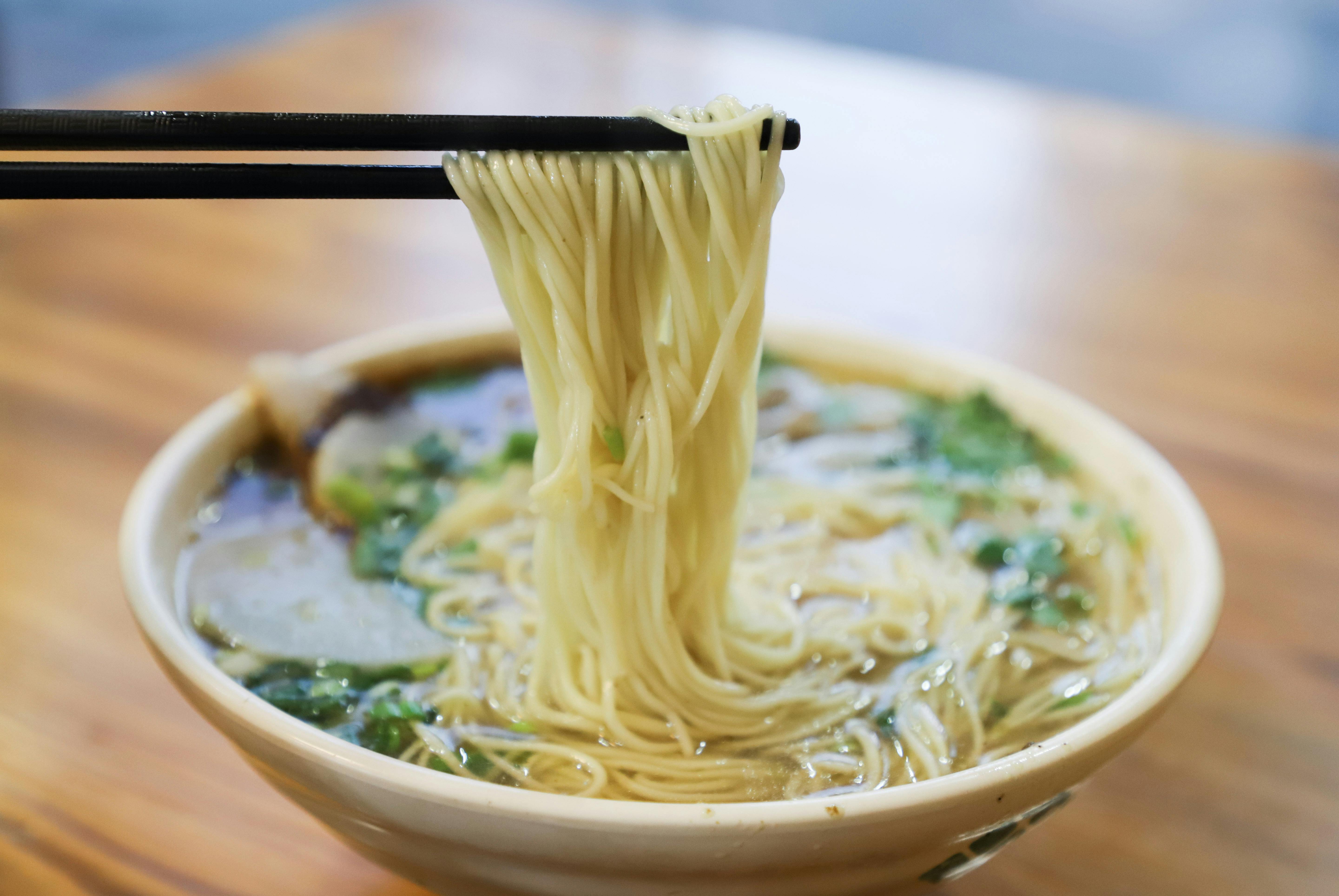
Boxed or canned broths and stocks are essential for cooking but are massive, easy-to-miss contributors to sodium intake. Used as a base for rice, sauces, and soups, they can contain 400-500 milligrams per single cup, often leading to an entire meal exceeding the daily recommended limit. Opting for "low sodium" or "no salt added" versions is non-negotiable for blood pressure control. Alternatively, keep concentrated, low-sodium bouillon cubes or powder on hand to add flavor control, or make large batches of stock from scratch and freeze the liquid.
Navigating Sodium in Everyday Foods
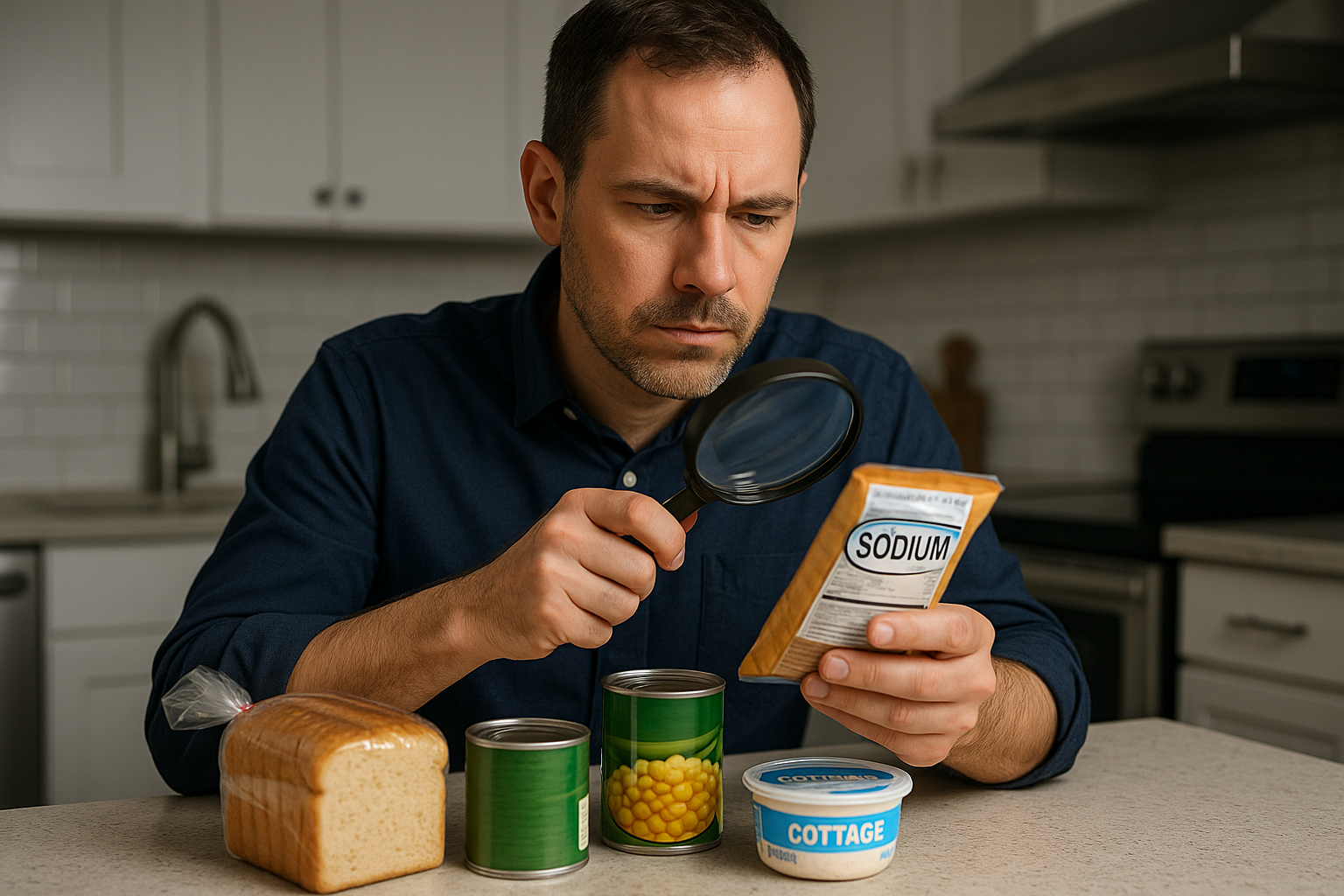
Understanding the hidden sources of sodium in everyday foods is crucial for maintaining a healthy diet. While sodium is essential for bodily functions, excessive intake can lead to serious health issues. By being aware of the sodium content in common foods and making informed dietary choices, individuals can better manage their sodium intake and improve their overall health. Opting for fresh, whole foods, reading nutritional labels, and exploring low-sodium alternatives can make a significant difference. With these strategies, individuals can enjoy their favorite foods without compromising their health.
Powered by Froala Editor